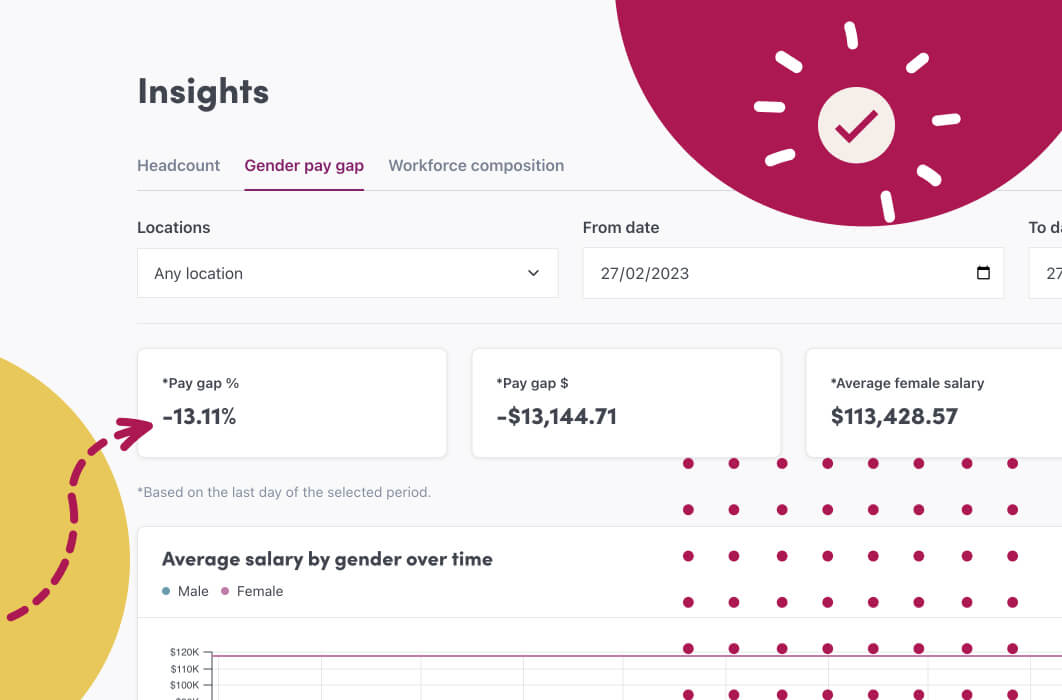In Australia, unfair dismissal laws play a crucial role in protecting the rights of employees and ensuring that their dismissal is fair and justifiable. When making an employee redundant, it is important to consider unfair dismissal laws.
✅ If you tick the three boxes below, an employee won’t have have been unfairly dismissed.
Step 1: Make sure it’s a genuine redundancy
What is a genuine redundancy? A redundancy is where the employer no longer requires the person’s job to be performed by anyone because of changes in the operational requirements of their enterprise.
It’s the ‘job’ that must no longer be needed, as opposed to the employee’s ‘duties’. It can still be a redundancy if a person’s duties have been redistributed to other employees.
It can also be a redundancy if the role has been outsourced, because it’s no longer being performed by anyone in the business.
Step 2: Comply with any obligation to consult about the redundancy in an award or enterprise agreement
Typical consultation provisions require employers to:
➡ Provide all relevant information about the changes in writing to affected employees and their representatives. This includes their nature, the expected effect on employees and any other matter likely to effect employees.
➡ As soon as practicable, discuss the introduction of the changes, their likely effect on employees and measures to avoid or reduce the adverse effects of the changes on employees.
➡ Promptly consider any matters raised by employees or representatives about the changes.
Consultation needs to take place before a final decision to terminate has been made. It needs to be genuine and give the employee a bona fide opportunity to influence the decision maker (but the employer can still make the final decision).
If no award or enterprise agreement applies to an employee, there’s no legislative requirement to consult with them about the redundancy.
Keep on top of a changing compliance landscape
Worknice is HR software for growing businesses. No more headaches – find out how.
LEARN MORE
Step 3: Consider whether it’s possible to redeploy the employee to another role in your organisation
You don’t have to create a role, but you do need to redeploy the person if an open role exists and it’s reasonable for them to move into it.
This includes roles in associated entities of the employer.
The role needs to be suitable to the employee. This means they need to have the skills and competence to perform it to the required standard, either immediately or with a reasonable period of retraining.
If a role comes with lower remuneration you don’t have to match the employee’s current remuneration. However, you do need to offer lower level roles that the employee is capable of performing.
Suitable roles in other locations should also be offered – employers shouldn’t assume that an employee won’t accept a role just because it’s in a different location.
More on unfair dismissal?
How does the Fair Work Commission calculate compensation in an unfair dismissal claim?
Read moreNeed Expert Advice?
On-tap HR services, without the in-house price tag
Worknice has partnered with Source to provide expert advice that leverages our technology platform. Get on-tap access to a team of experienced HR specialists and employment law professionals to help your business and people thrive. Whether you want ongoing HR support on a monthly retainer basis, or you just need HR expertise for specific projects, Source HR can help.



